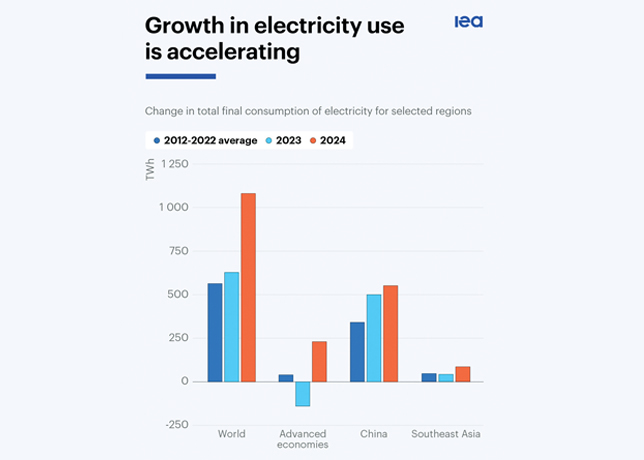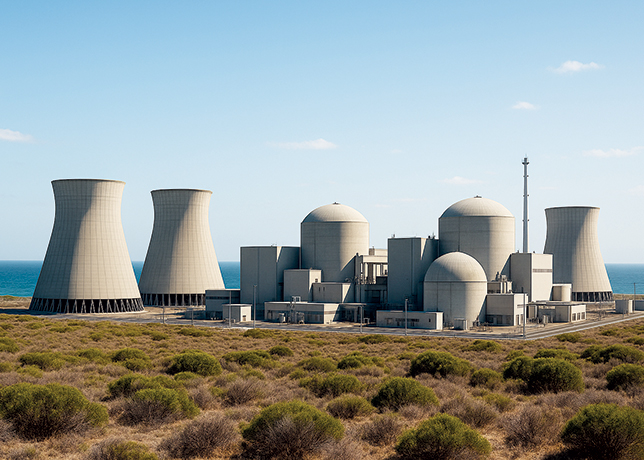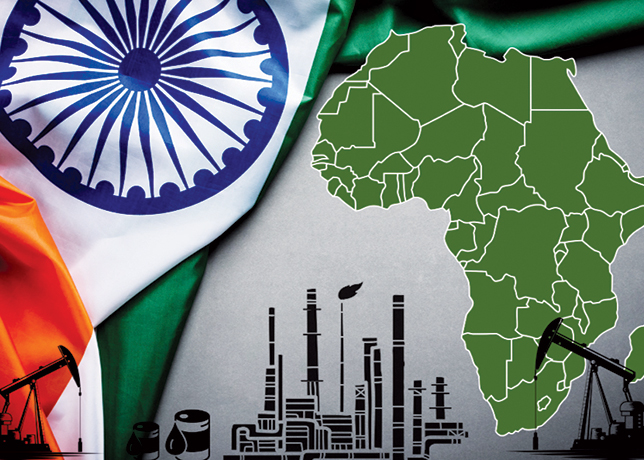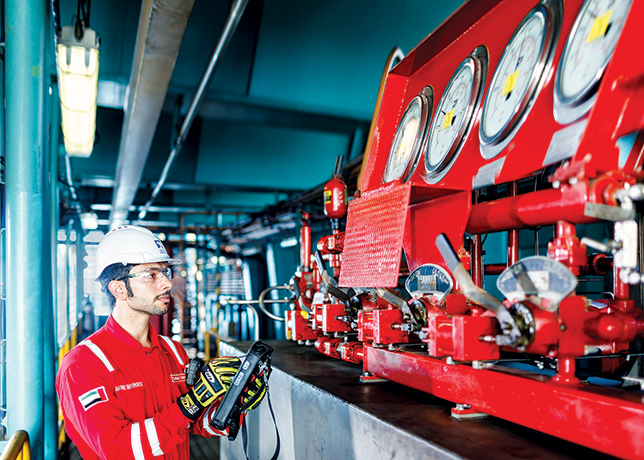
Shipments of most widely-traded energy products are slowing in sync with the global economy, which has been stunned by the tough new tariffs imposed by US President Donald Trump so far this year.
Exports of crude oil, gasoline, diesel and thermal coal all contracted during the January to April window from the same months in 2024, as the economies of importer nations drop down a gear in response to heightened trade uncertainty, says a Reuters report.
The liquefied natural gas and chemicals sectors have registered export volume gains so far this year, but are at risk of a slowdown if the malaise already chilling demand for oil, coal and fuels also cools the power and manufacturing sectors.
Below is a breakdown of how major energy product markets are faring so far in 2025.
CRUDE CUTS
Global export volumes of crude oil from January through April totalled 4.93 billion barrels, according to data from commodity intelligence firm Kpler.
That total was 1.3% lower than during the same period in 2024, and was driven mainly by a 9% drop in imports by China, the world's largest crude importer and consumer.
Other major crude importers that also registered a year-over-year drop in purchases include the United States (-14%), South Korea (-3%), Italy (-12%) and the Netherlands (-1%).
Somewhat offsetting those declines were import increases into India (up 1%), Japan (up 5%) and Taiwan (up 7%).
India's crude imports were a record for the January through April window, as were those into Malaysia, Lithuania, Myanmar and Oman, Kpler data showed.
Rising sales into those markets bode well for crude exporters, and all those economies should continue to register growth in crude purchases over the coming years.
However, it is unclear whether those growth markets will be able to offset the declines seen in East Asia (China, Japan, South Korea and Taiwan).
East Asia has arguably been the most critical importer bloc for the crude market for the past decade or so, and has accounted for around 40% of total crude imports since 2019.
So far in 2025, however, East Asia purchased only 37% of total crude exports, which is the lowest share for that region in six years.
If China, Japan and South Korea in particular continue to post small annual declines in crude purchases, global crude exporters may need to steepen sales increases to new emerging markets in order to replace those lost East Asia volumes.
FUELS & COAL
Gasoline exports during January through April declined by 5% from the same months a year ago, as economic worries combined with the ongoing electrification of car fleets ate into demand.
Among the 10 largest gasoline importers, only Singapore and Pakistan have posted year-over-year increases in import volumes so far in 2025, Kpler data shows.
All other major markets, including the United States, Mexico, Malaysia, the United Arab Emirates and Nigeria, posted declines.
The diesel, or gasoil, market has also contracted so far this year as global trucking mileage took a hit from the reduced shipment of goods.
Between January and April, total diesel exports dropped by 3% from a year ago to the lowest volume for that period since 2022.
Steep import contractions were registered in France, Turkey, Malaysia and Mexico, revealing a wide span in the downturns in gasoil use.
Further contractions in goods production and movement will further cut diesel flows.
Thermal coal exports dropped by 6.7% during January to April from the same months a year ago, as all major traditional importers including China, India, Japan, South Korea and Taiwan cut back on purchases.
Import volumes expanded in Vietnam, Turkey and the Netherlands - the main entry point for bulk commodities into mainland Europe - and also in Bangladesh and Morocco.
Southeast Asia and North Africa look set to remain growth markets for coal exporters over the near-term, due to the need for more cheap power in those economies.
But if China and India both continue to scale back overall coal import dependence, total coal shipments look set to continue to contract over the coming years.
LNG & CHEMICAL GROWTH
In contrast with the trends seen in crude oil, refined fuels and coal, the export volumes of LNG and chemicals have been on an expansionary path so far in 2025.
Total exports of LNG hit a record for the January to April period, with just over 143 million tons of the super-chilled gas shipped out during that window.
That volume figure was only 1% more than during the same months in 2024, and so any sustained dips in LNG shipments over the coming months could easily knock year-to-date volumes into reverse.
A sharp rise in natural gas costs in key markets - especially compared to coal - has served to curb demand for LNG in Asia so far in 2025, and any sustained downturn in industrial activity will further cut into LNG demand going forward.
Chemical export volumes climbed 4% to three-year highs during January to April, on the back of stronger import demand in India, Brazil, South Korea and Australia. - Reuters





























































